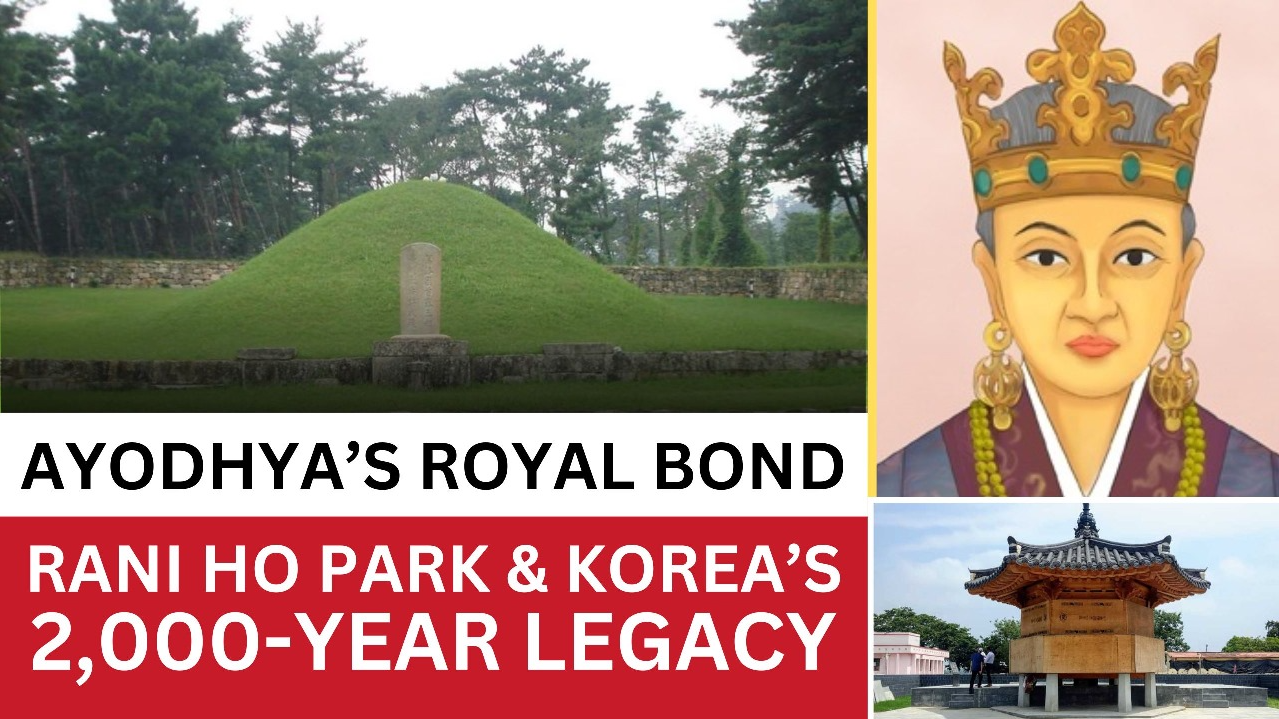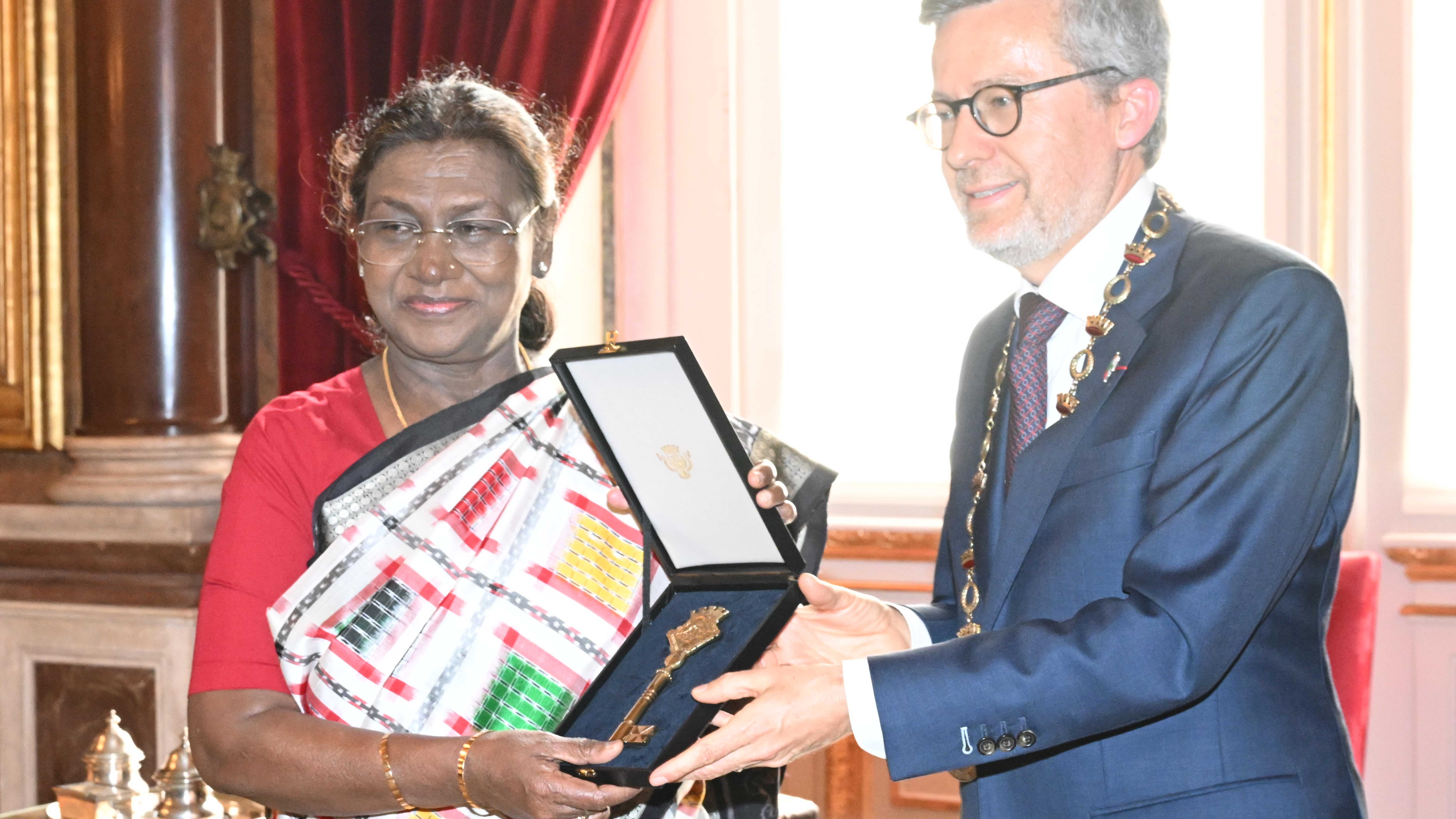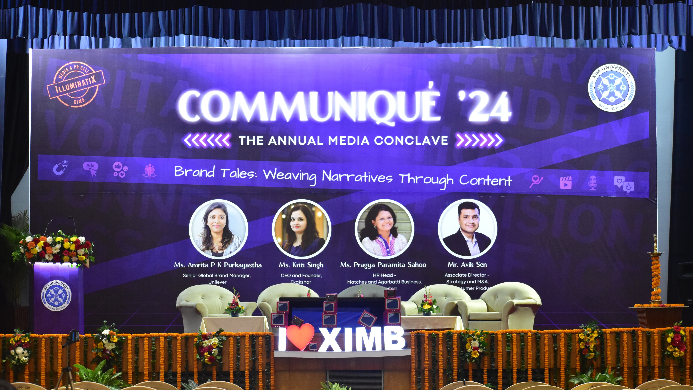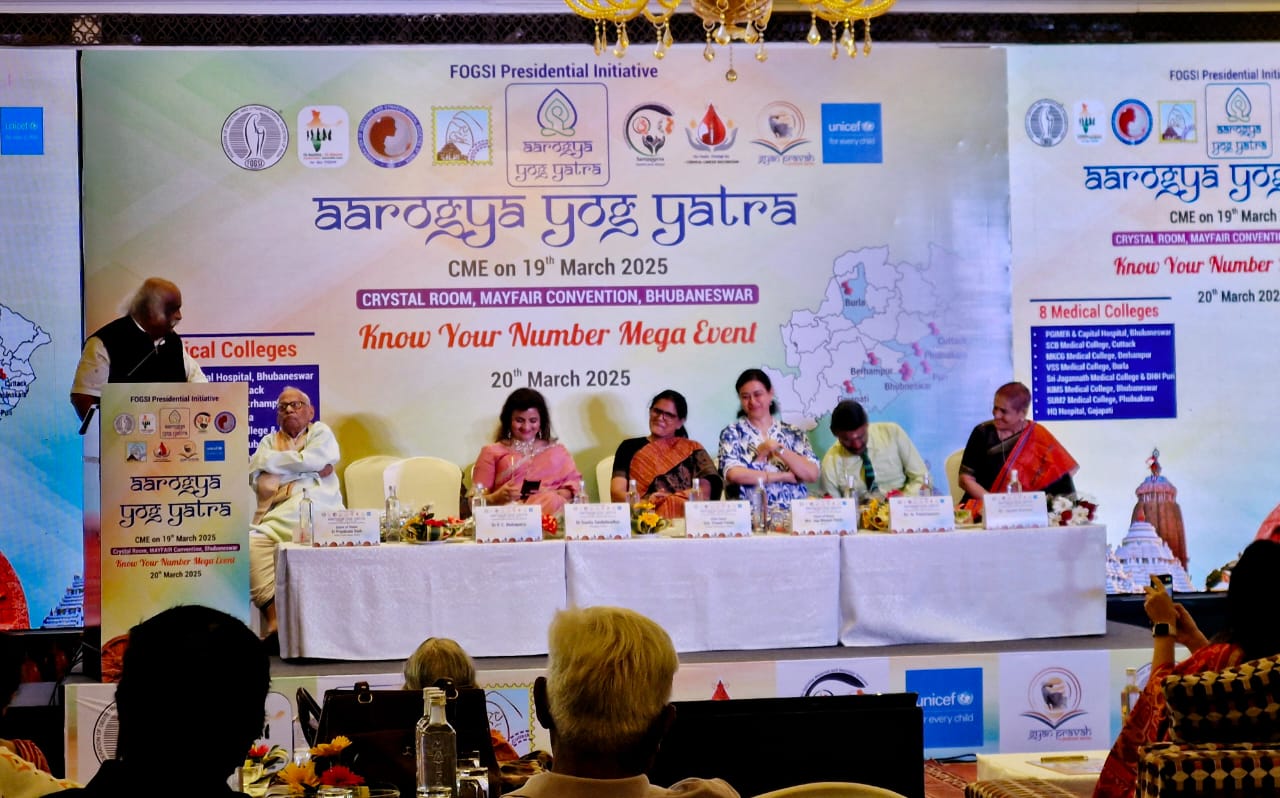Ayodhya's Korean Connection: A 2,000-Year-Old Royal Tale
When people think of Ayodhya, the epic narrative of Lord Rama usually comes to the forefront. However, this ancient Indian city harbours another fascinating historical connection, one that stretches across millennia and geography to link it deeply with South Korea. This remarkable bond has its roots to a legend which is 2,000 years old.
The Ancient Link: A Princess's Journey to Korea
The heart of this relationship lies in the legend of Princess Suriratna from Ayodhya. According to historical accounts and widely shared folklore, around two millennia ago, the princess embarked on a sea voyage to the Gaya kingdom, located in present-day South Korea. There, she married the local ruler, King Kim Suro, and became known as Queen Heo Hwang-ok. This marriage is considered foundational for one of Korea's most prominent lineages, the Kim dynasty. This shared heritage continues to resonate strongly today. It's reported that a significant number of South Koreans, particularly those with the Kim surname who trace their ancestry back to Queen Heo, view Ayodhya as a symbolic maternal homeland, drawing numerous visitors from South Korea to the city each year.
A Symbol in Stone: Rani Ho Park
To commemorate and honour this unique historical tie, the Rani Ho Park has been established on the picturesque banks of Ayodhya's Saryu River. The park serves as more than just a memorial; it's a space designed to celebrate and foster the Indo-Korean relationship, visually narrating the remarkable journey of Queen Heo from India to Korea.
Within the park, visitors can observe distinct architectural expressions of this bond. Two key pavilions stand out: one showcasing traditional Awadhi architecture representative of Ayodhya, and the other reflecting classical Korean structural design. A particularly evocative installation within the park features a symbolic sea cradling a golden egg. It is referred that Queen Heo carried a mystical golden egg with her on her voyage, symbolizing prosperity and new beginnings.
The importance of Rani Ho Park extends well beyond its aesthetic and historical significance. Rajendra Prasad Yadav, Deputy Director of the Tourism Department, emphasizes that the park represents a dedicated effort to preserve this shared history and actively promote cultural understanding between India and South Korea. The initiative is seen as a catalyst for increased tourism and cultural exchange programs, which in turn can helps in strengthening the diplomatic and economic relationships between the two nations.
Nestled within the ancient city of Ayodhya, Rani Ho Park stands as a unique testament to an extraordinary connection formed thousands of years ago. The enduring legend of Queen Heo Hwang-ok, originating as Princess Suriratna, provides a powerful narrative that continues to link two distinct cultures across vast distances.
































